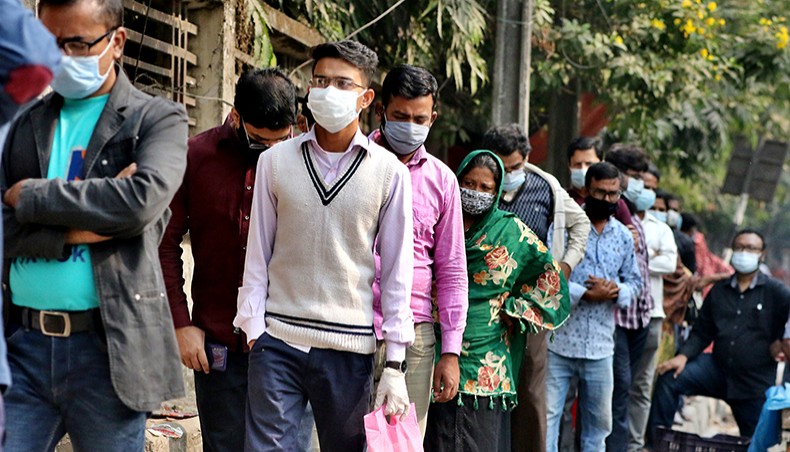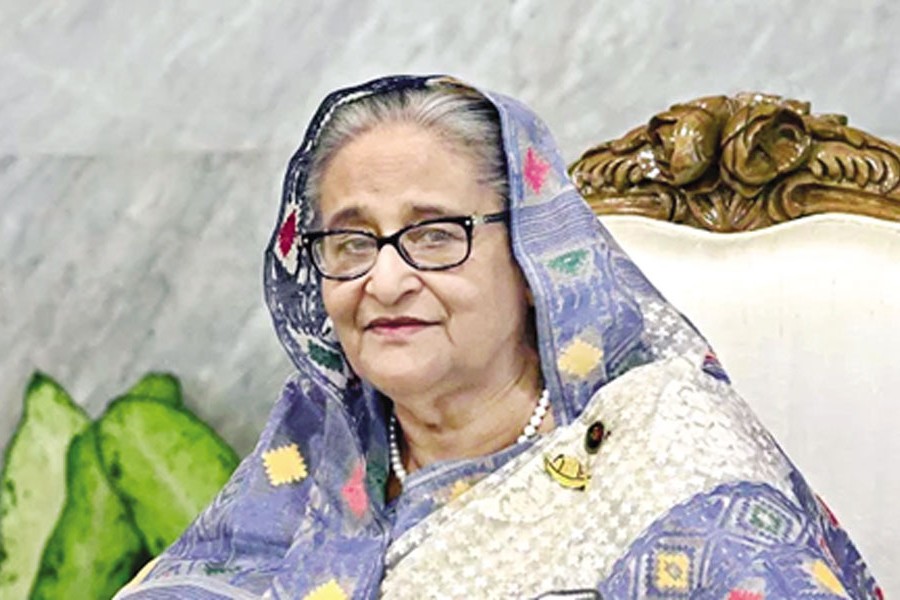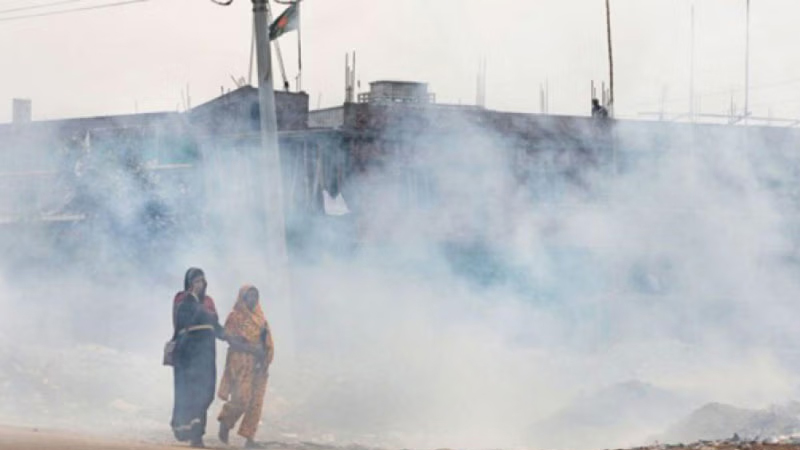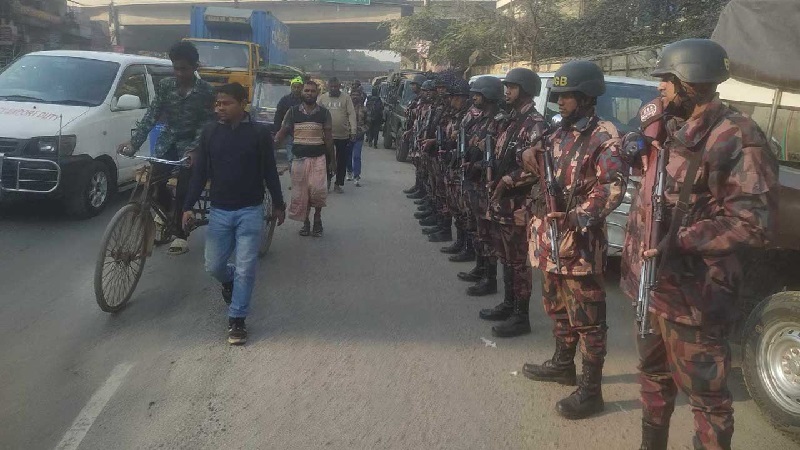The preparedness for the second wave of COVID-19 infections is still very poor although COVID-19 deaths and cases are soaring every day on the eve of the winter.
The facilities for critical COVID-19 patients like oxygen-supply devices, ICU beds, high-flow nasal cannulas and ventilators remain handful although the government had announced that it would equip the health system with such facilities ahead of the winter.
The prime minister’s October 8 order for equipping all district-level hospitals with central oxygen supply systems is yet to be implemented.
Experts said that preparations to face the COVID-19 second wave remained alarmingly little although the number of patients has already started to increase.
They said that there would be an added pressure due to the rise in other cold-related illnesses in the winter, which would challenge the country’s health system due to the double burden of COVID-19 and cold patients.
‘We notice a serious apathy on the government’s part to contain the virus in terms of test capacity and setting up health facilities,’ said World Health Organisation’s former regional advisor Muzaherul Huq.
He said that the government promise to strengthen the health system to combat a harsher COVID-19 onslaught remained unfulfilled although the number of cases and deaths started going up.
The number of critical COVID-19 patients is also rising, particularly in the capital, but the number of ICU beds in the country is only 574.
The number of ICU beds for COVID-19 patients in the capital is 316 but the number of such beds at the government hospitals is merely 113. On Thursday, 98 of the 113 beds were occupied.
High-flow nasal cannulas and ventilators are two crucial instruments for COVID-19 patients as they need oxygen supply due to breathing complications, but these devices are also in short supply.
Bangladesh has 604 high-flow nasal cannulas and 503 ventilators at its disposal, including 273 and 281 respectively for the capital.
Transparency International Bangladesh in a study in November found that the country had merely 10 COVID-19 hospital beds for one lakh people and 0.37 ICU beds for the same number of people.
There is 0.32 ventilator for each lakh of COVID-19 patients while the oxygen support is for 8.66 persons per one lakh people in the country, according to the study.
For Dhaka city, where more than half of the country’s coronavirus patients were recorded, there are 31.54 COVID-19 beds for one lakh people while the ICU support is for just 1.48 persons per one lakh people, it said.
The oxygen support available in the capital is for 19.10 persons per one lakh people while there are 1.24 ventilators for one lakh people, TIB found.
Though the government claimed that COVID-19 health facilities remained unutilised due to lack of patients, 40 per cent of the hospitalised COVID-19 patients received no oxygen, 59 per cent no ICU support, 54 per cent no ventilator when they needed them, the TIB study further found.
According to the TIB research, while some patients were provided with delayed supports, over 5 per cent received no oxygen at all, 30 per cent no ICU service and 32 per cent no ventilator facility despite their needs.
COVID-19 patients, who suffer mostly due to complication in the lungs, need oxygen supply and the unavailability of this support led many of them to death.
COVID-19 deaths had marked decreases in September and October but have started to increase since November.
As of Dec 3, the average daily deaths from the novel coronavirus infection were recorded to be over 30 in the past 12 days, according to the Directorate General of Health Services.
The average daily deaths in the 35th and 36th weeks were 18 and 17 respectively, but the figure began to climb from the 37th week (starting on November 15), recording, on average, 25 daily deaths in the 37th week and 32 deaths in the 38th week.
The average daily deaths already rose to over 33 for the five days of the ongoing 39th week.
The overall COVID-19 fatality rate in the country is now 1.43 per cent while the weekly rate was 1.50 per cent in the 38th week and now it stands at 1.51 per cent for the five days of the ongoing 39th week.
Experts suspect that in the winter there would be surges in patients with cold-related illnesses, who often show symptoms similar to those of COVID-19.
Last winter, from November 1, 2019 to March 15, 2020, the government health facilities alone treated 6,22,075 patients with cold-related illnesses, according to the DGHS.
Nearly three per cent of people suffer from chronic respiratory diseases in the country and 10 per cent or 57,260 of deaths each year occur due to respiratory diseases, also according to the DGHS.
Noted virologist and Bangabandhu Sheikh Mujib Medical University’s former vice-chancellor Nazrul Islam said that viral, bacterial and fungal diseases thrived in Bangladesh













